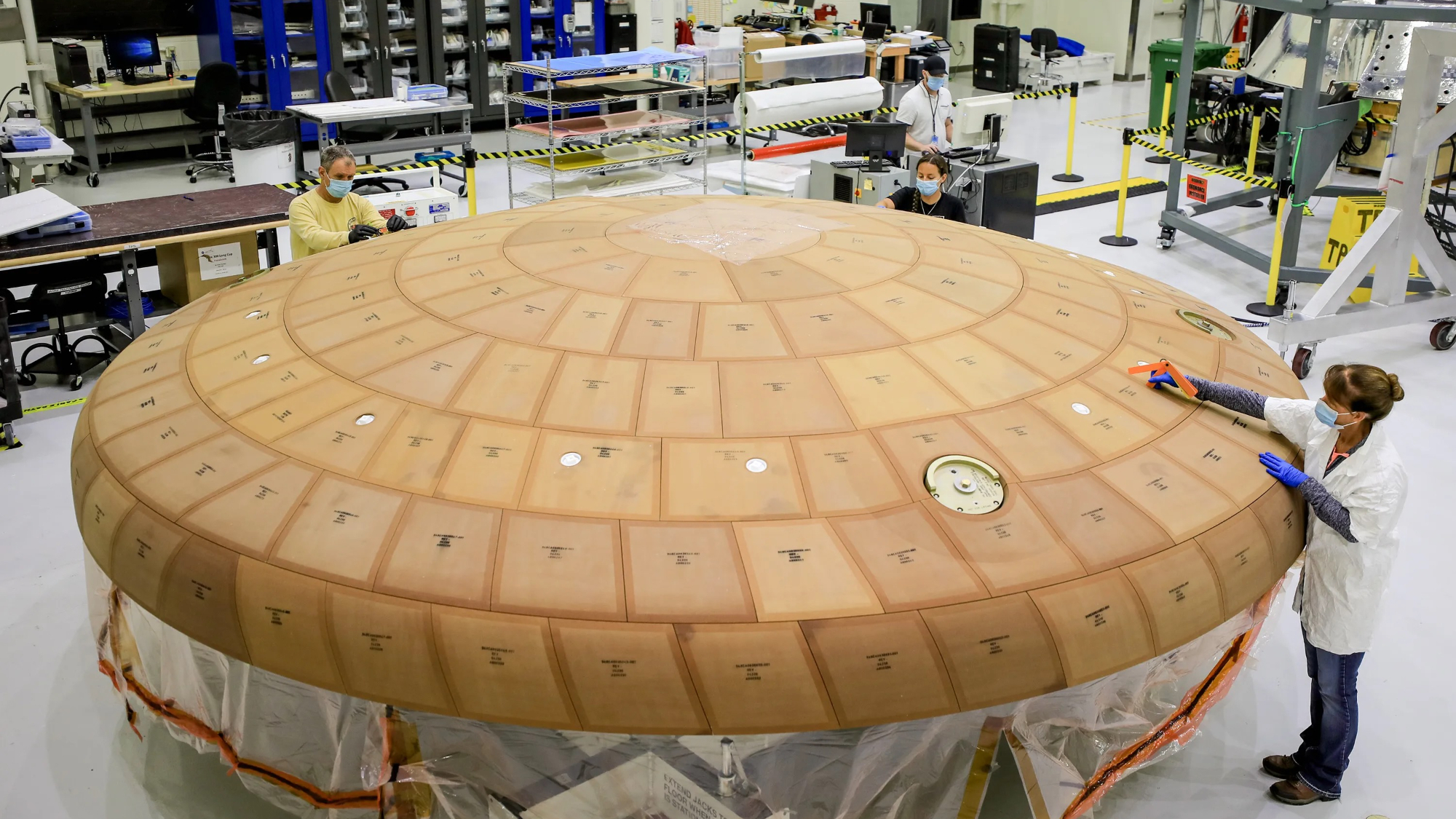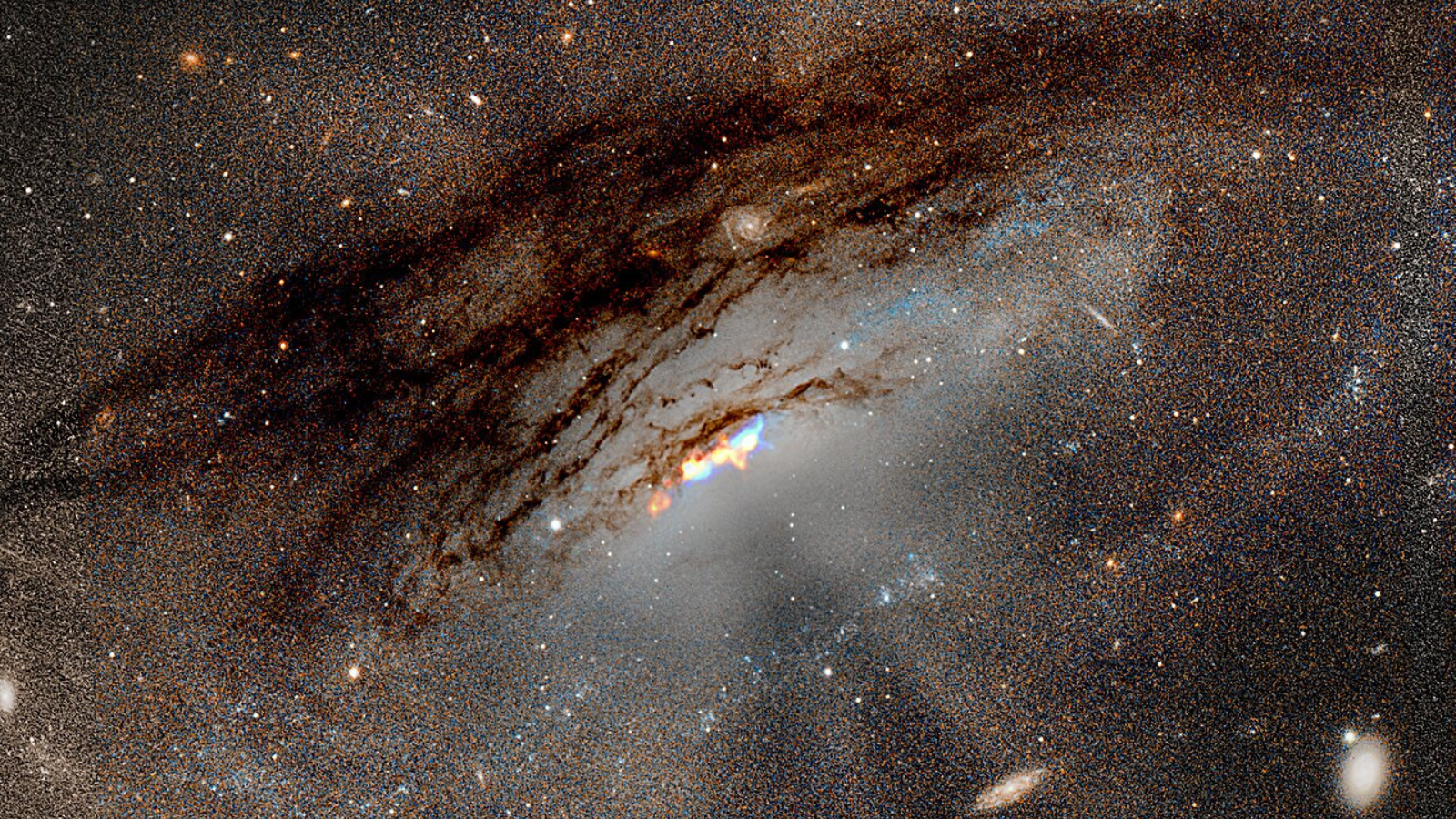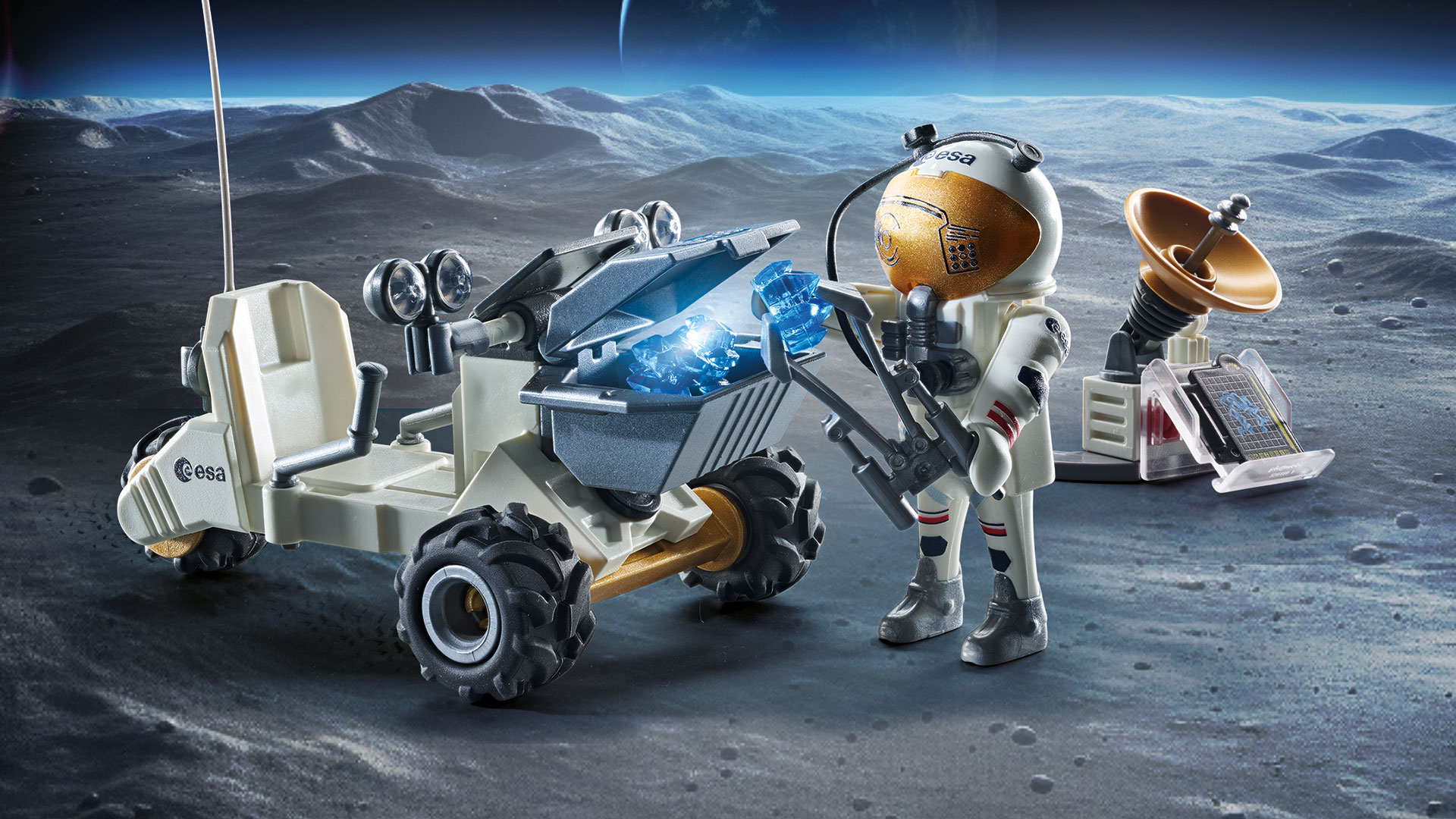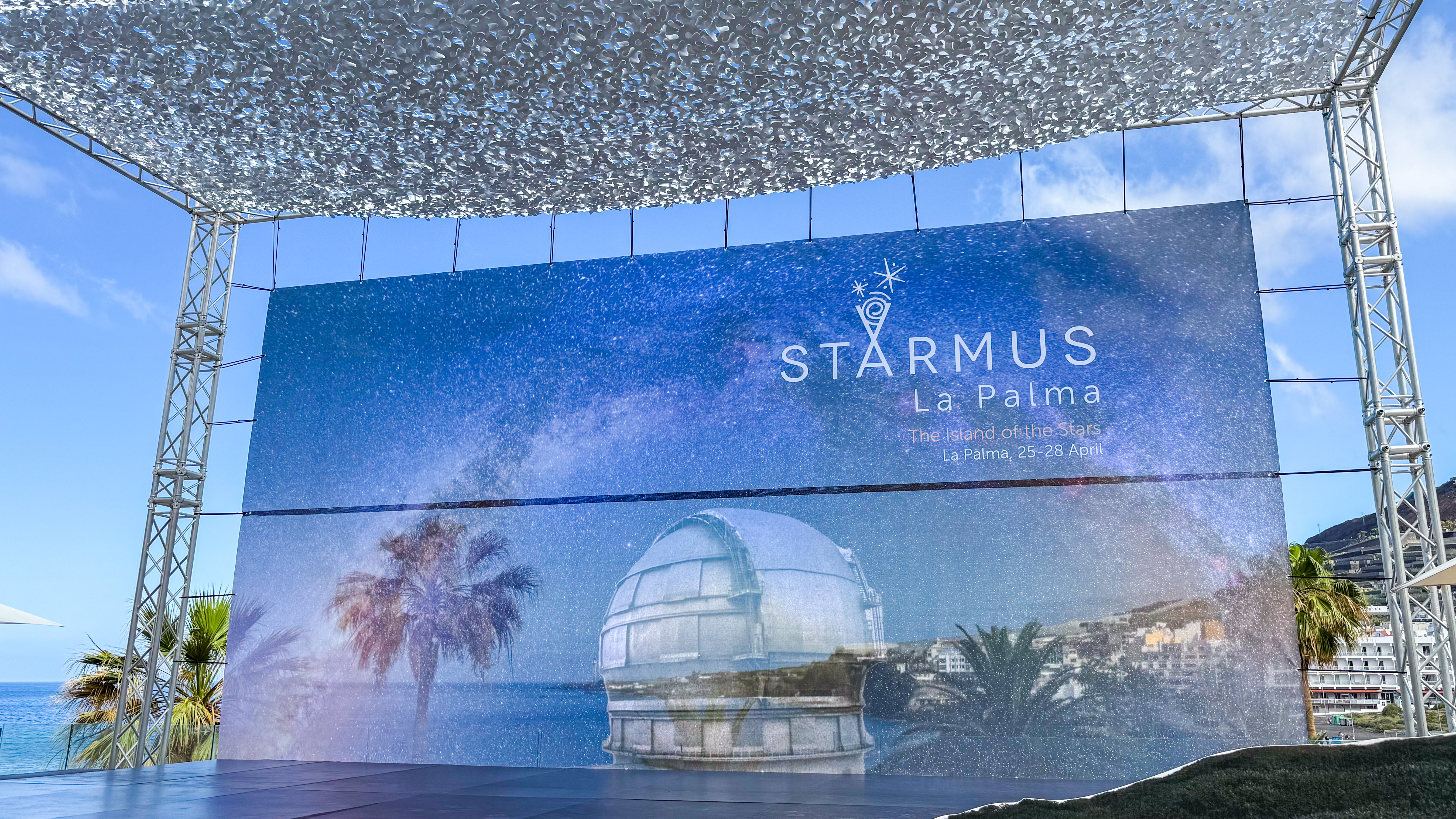Strange Behavior of the Sun's Iron Heart Surprises Scientists
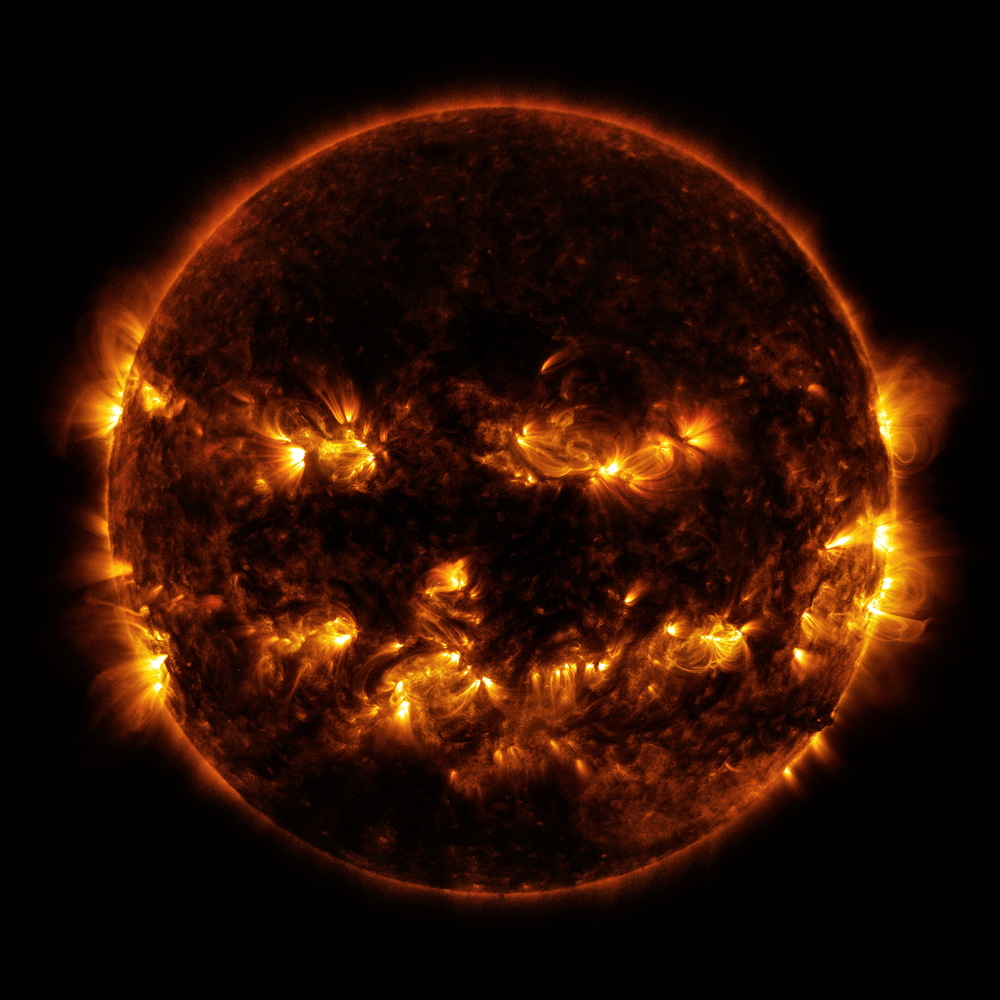
A machine on Earth capable of recreating the conditions inside the sun's heart is helping scientists study how iron behaves at mind-boggling temperatures. The results of the experiment, so far, have defied expectations and just might help settle a long-standing solar puzzle, researchers say.
Recreating conditions inside the sun, with temperatures topping 3.9 billion degrees Fahrenheit (2.2 billion degrees Celsius), is no easy task, but it's something scientists have been doing for a decade at the Z Machine at Sandia National Laboratory. This machine creates some of the most powerful X-rays found on Earth.
Each pulse contains 80 trillion watts of electricity — more than five times the combined electrical power of all the power plants on Earth, according to Sandia's website. The pulses last only about 100 nanoseconds each, but that's long enough to heat a very small sample of material to temperatures found at the heart of Earth's nearest star. [Solar Quiz: Do You Know Our Sun?]
"In high-energy-density physics, creating a temperature of 2 million degrees is not that uncommon," John Bailey, a researcher at Sandia National Laboratory and a co-author on the new research, told Space.com. The Z Machine pulses are so powerful that Bailey said they completely vaporize the metal in the central part of their apparatus. "What's difficult, though, is creating those conditions in a sample that's big enough and long enough lived that you can accurately measure properties."

In the scientists' most recent work, Bailey and his colleagues used the X-ray pulses to deliver a powerful jolt of energy to a small sample of iron, which then turns into an incredibly hot plasma, just like iron inside the sun. Bailey and his colleagues came up with a way to measure how much radiation the iron sample absorbs, a property called opacity. They found that iron's opacity in these conditions is 7 percent higher than expected.
This finding may affect the study of the sun and other stars. Around 2001, a group of researchers found observational evidence suggesting that there is 30 percent to 50 percent less oxygen, carbon and nitrogen in the sun than models had previously predicted and observations had previously seemed to show (discussion continues among scientists about which interpretation is correct). When those reduced numbers were incorporated into solar models, the results conflicted with observational data about the internal structure of the sun (deduced by studying sound waves that travel through the star). Scientists wondered if the observations were incorrect, or if an entirely new stellar model was needed.
The findings by Bailey and his colleagues could help resolve this apparent conflict.
Get the Space.com Newsletter
Breaking space news, the latest updates on rocket launches, skywatching events and more!
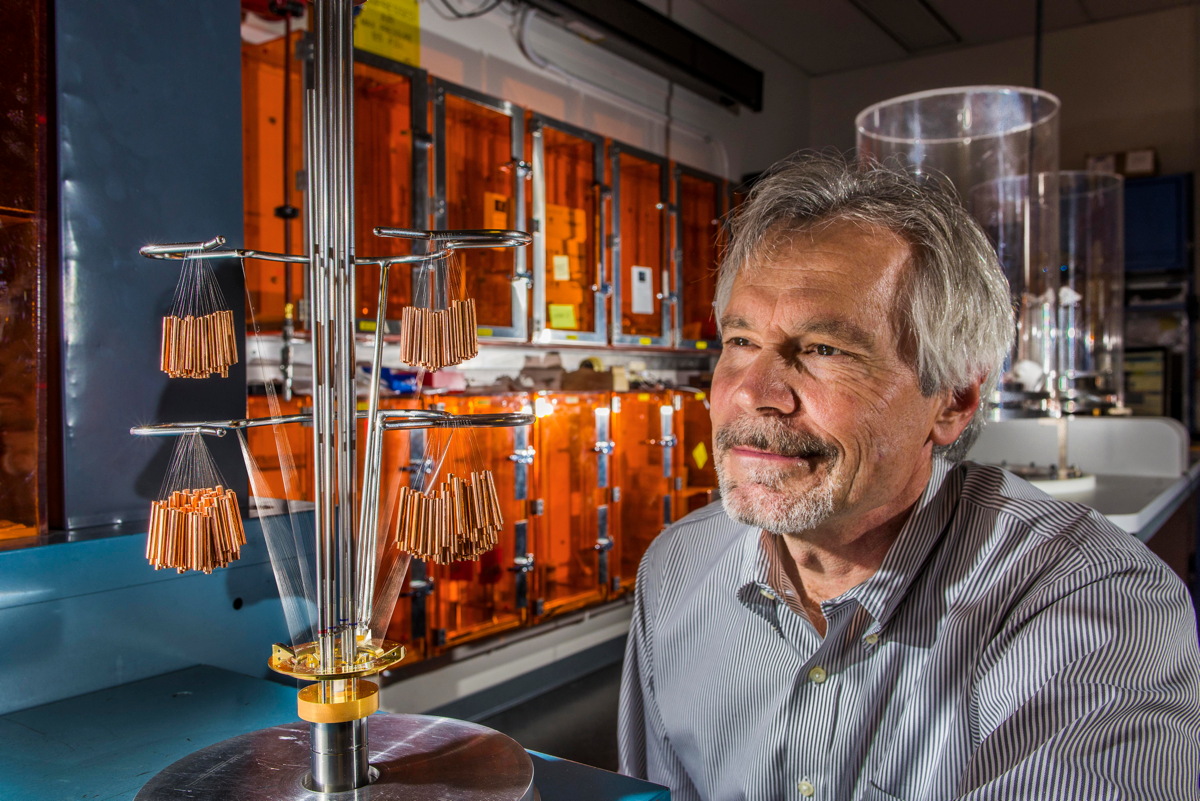
The observations from 2001 were interpreted based on predicted values for the opacity of oxygen, carbon and iron at temperatures found inside the sun — but those values had never been measured in a lab (as noted above, such observations are extremely difficult). If the opacity of all three materials differs from the previously predicted values, that could change how the observational evidence would be interpreted. This means the amount of oxygen, carbon and iron inside the sun might not have to be adjusted after all, and the models may still be correct.
For the moment, Bailey said he and his group are focused on understanding why previous models predicted a lower opacity for iron at high temperatures. The researchers will perform similar tests on nickel and chromium, elements that are chemically similar to iron. Many groups of researchers use the Z Machine for experiments, so time is limited for Bailey and his team. For their study on iron, he said he only got "about 10 shots a year."
"It's true that we wish we could go faster, but at least we have the chance to do something that people have realized should be done for a century," Bailey said. "We're recreating a speck of solar matter in our laboratory. Having the opportunity to do that is really unprecedented."
The results of the new study were published in a recent edition of the journal Nature.
Follow Calla Cofield @callacofield. Follow us @Spacedotcom, Facebook and Google+. Original article on Space.com.
Join our Space Forums to keep talking space on the latest missions, night sky and more! And if you have a news tip, correction or comment, let us know at: community@space.com.

Calla Cofield joined Space.com's crew in October 2014. She enjoys writing about black holes, exploding stars, ripples in space-time, science in comic books, and all the mysteries of the cosmos. Prior to joining Space.com Calla worked as a freelance writer, with her work appearing in APS News, Symmetry magazine, Scientific American, Nature News, Physics World, and others. From 2010 to 2014 she was a producer for The Physics Central Podcast. Previously, Calla worked at the American Museum of Natural History in New York City (hands down the best office building ever) and SLAC National Accelerator Laboratory in California. Calla studied physics at the University of Massachusetts, Amherst and is originally from Sandy, Utah. In 2018, Calla left Space.com to join NASA's Jet Propulsion Laboratory media team where she oversees astronomy, physics, exoplanets and the Cold Atom Lab mission. She has been underground at three of the largest particle accelerators in the world and would really like to know what the heck dark matter is. Contact Calla via: E-Mail – Twitter
